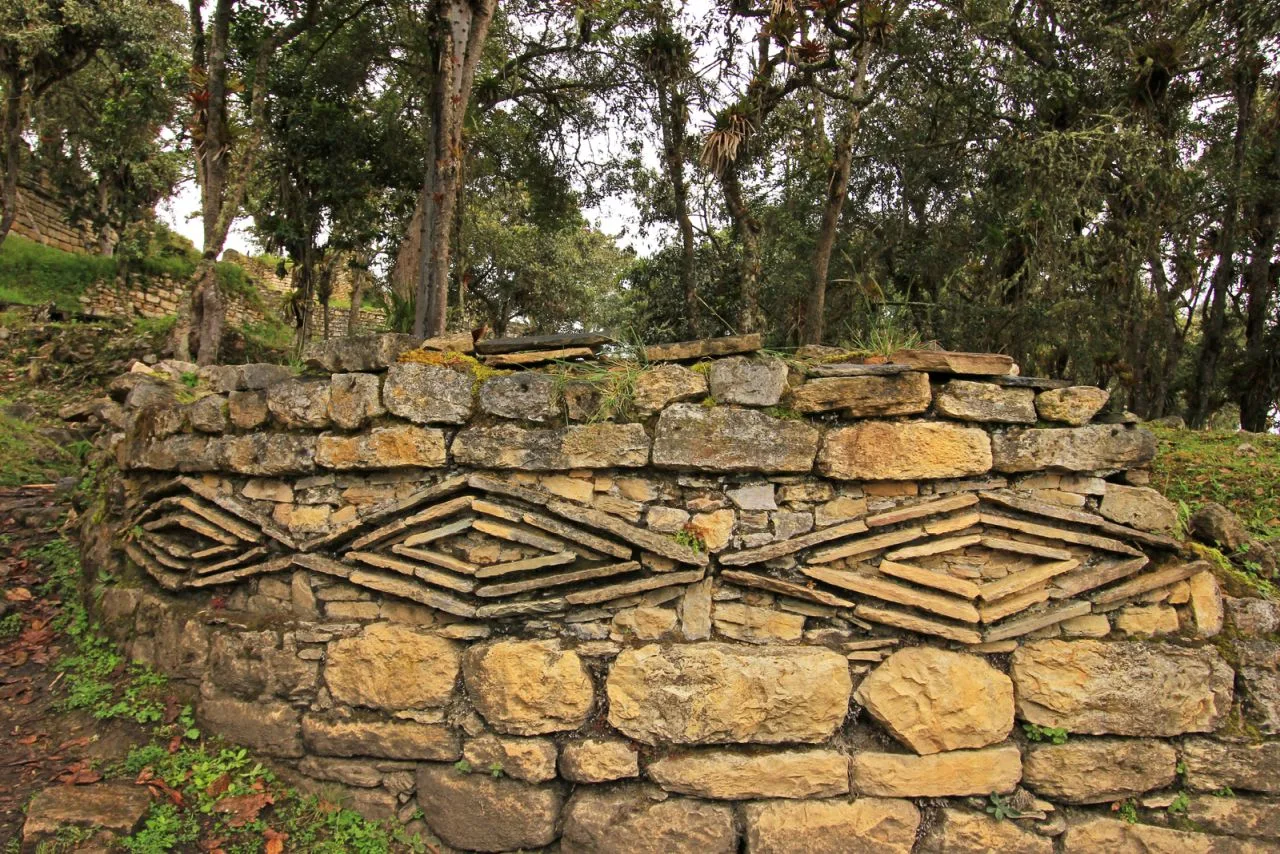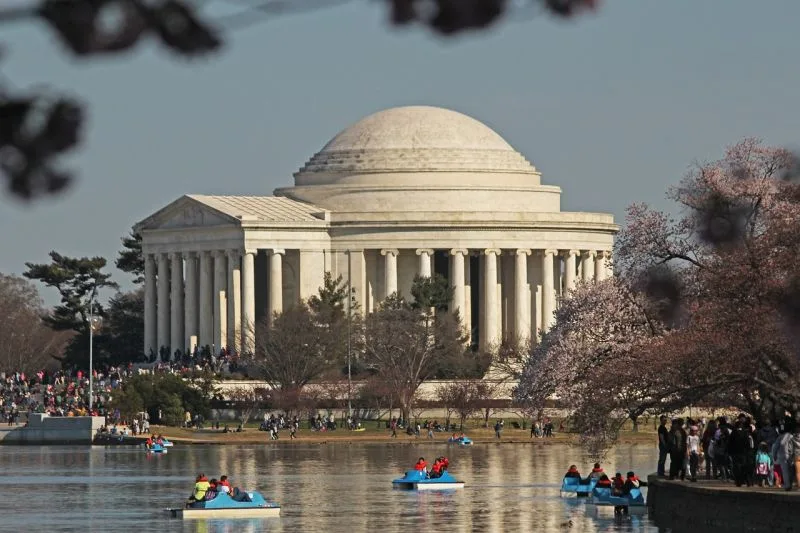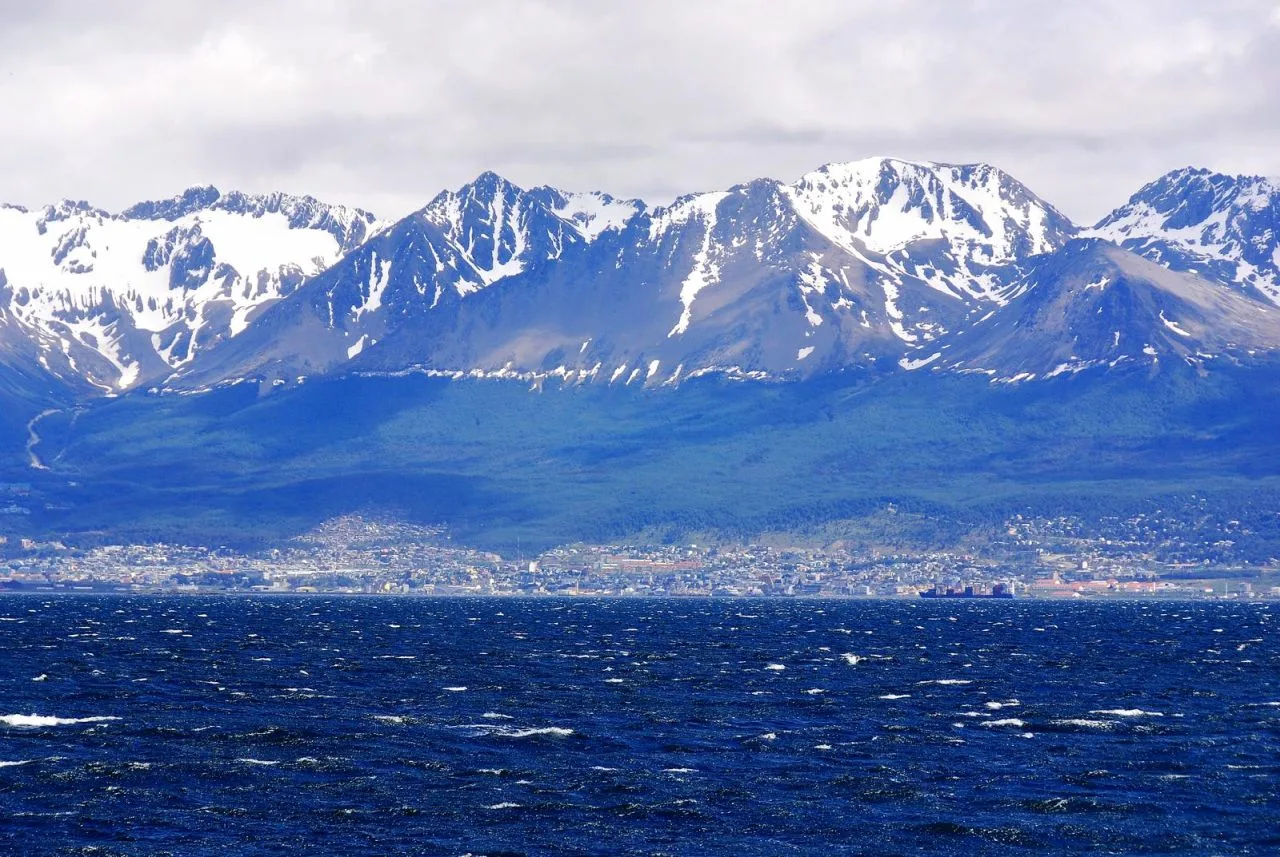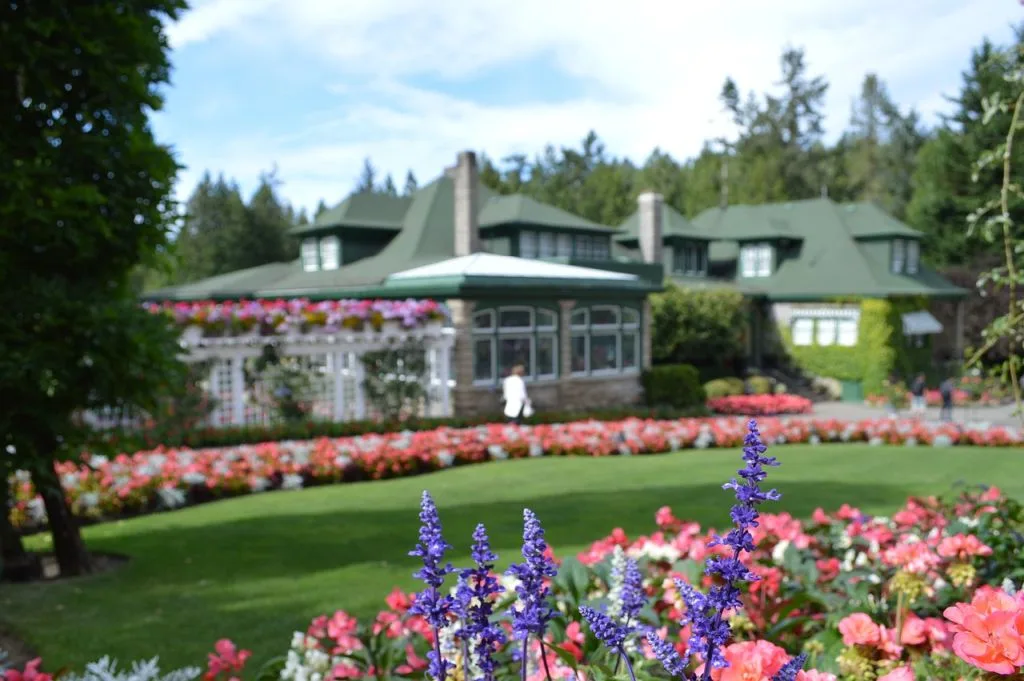Kuélap
Address
Kuélap
GPS
-6.4173588, -77.92391143135
Kuélap is the landmark in Chachapoyas region of Peru that draws the most tourists. The Kuélap Fortress has been dubbed the “Machu Picchu of the North” because to its similarity to the Inca citadel in Peru. The fortification is about 65,000 square kilometres in size, dwarfing the Inca citadel of Machu Picchu.
The Chachapoya civilization, one of the lesser-known pre-Inca societies of Peru, constructed Kuélap. The government of Peru has just recently started promoting Kuélap, located in northern Peru, as a tourist hub. That’s why in 2017 they started using a cable car. The Kuélap Fortress, high on a Peruvian Andean slope at an elevation of 3,000 metres, is accessible to visitors via a cable car.
 Before 2017, visitors had the option of a three- or four-day climb or a one-and-a-half-hour drive to Kuélap. The New York Times listed Kuélap as one of the 52 destinations throughout the world that travellers should visit in 2018. On this particular list, Kuélap is #29!
Before 2017, visitors had the option of a three- or four-day climb or a one-and-a-half-hour drive to Kuélap. The New York Times listed Kuélap as one of the 52 destinations throughout the world that travellers should visit in 2018. On this particular list, Kuélap is #29!
About 500 B.C. saw the foundation of Kuélap. Before the Spanish conquerors came, the Chachapoya called this area home. In 1843, Kuélap was uncovered. Many discoveries have been made by archaeologists since then.
The walls are composed of stone and can be up to 20 metres in height and 80 centimetres in thickness. Limestone blocks significantly thicker than those used to build the Egyptian pyramids are used to make them. It is consequently believed that Kuélap served a military purpose and was deployed to counter the advancing Wari civilisation to the north. In this sense, “warriors of the clouds” is another name for the Chachapoya.
Kuélap is an excellent tourist destination. The cable car station for a trip to Kuélap is just outside of Nuevo Tingo, and it will only take you ten minutes to get there. Incredible scenery is promised throughout the 20-minute cable car journey.
Kuélap, however, is made up of more than just ancient military structures; it also includes civil, religious, and residential structures. Maybe Kuélap wasn’t so much of a fortress as it was a city surrounded by walls. More than 400 octagonal dwellings can be seen in Kuélap. It is estimated that 3,000 people called these dwellings home at one time.





